
What is a microwave oven?
A microwave oven is a kitchen appliance that uses microwaves to heat food. Microwaves are a type of electromagnetic radiation, a form of energy that travels through air and is used to power many electronic devices.
A microwave oven is a kitchen appliance that uses microwaves to cook food. Microwave ovens use microwaves to heat water molecules in food, causing the food to cook from the inside out.
Both microwaves and microwave ovens use microwaves to heat food or water molecules. The main difference between the two is that microwave ovens can only be used for heating food while microwave ovens are used for cooking food.
What are the differences between a microwave oven and a microwave oven?
There are quite a few differences between a microwave oven and a microwave oven, although both use microwaves to cook food. First, microwave ovens are much larger than microwave ovens and also have several features that microwave ovens do not, such as the ability to brown and crisp food.
Microwave ovens also have a much higher power output than microwave ovens – typically around 700 watts compared to around 1200 watts for a microwave oven. This means that food will cook faster in the microwave.
Another difference is that most microwave ovens have a turntable that rotates the food while cooking, while most microwave ovens do not have this feature. Instead, they rely on a fan to circulate microwaves evenly around the food.
How can I choose the right microwave oven for my home?
Although the term “microwave” can be used to describe electromagnetic waves and a cooking appliance, it is most often used for the latter. Microwave ovens are electrical appliances that cook food by using microwave radiation to heat the water molecules in the food.
There are a few different types of microwave ovens on the market, so it’s important to choose the one that best suits your needs. Compact microwave ovens are small and lightweight, making them a good choice for small kitchens or apartments. Countertop models are larger and more powerful, so they are a good choice for families or those who cook a lot. Built-in models can be installed under the counter or in the cabinet, so they are a good choice if you want to save space on the counter.
When choosing a microwave oven, it is also important to consider the available functions. Some models have a cooking sensor that automatically adjusts the cooking time based on the moisture content of the food. Other models have pre-programmed settings for specific types of food, such as popcorn or frozen dinners. Choose the model with the features that will benefit you the most.


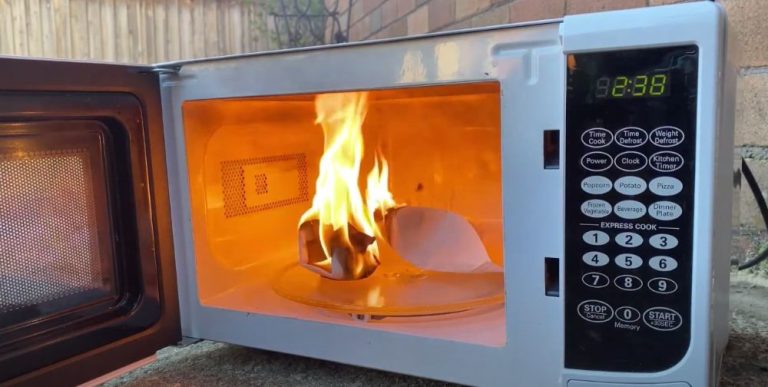
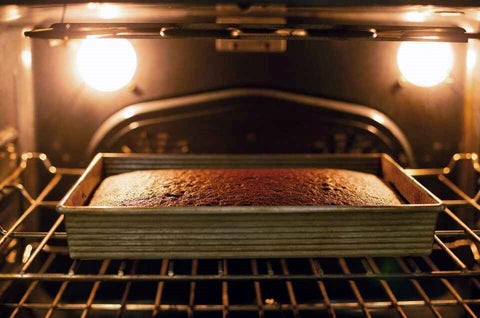
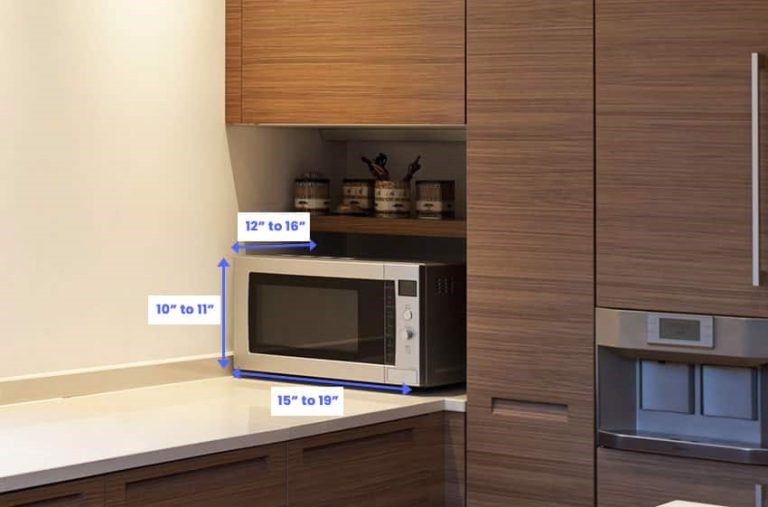
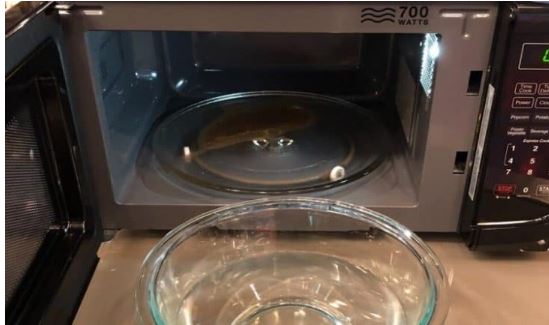
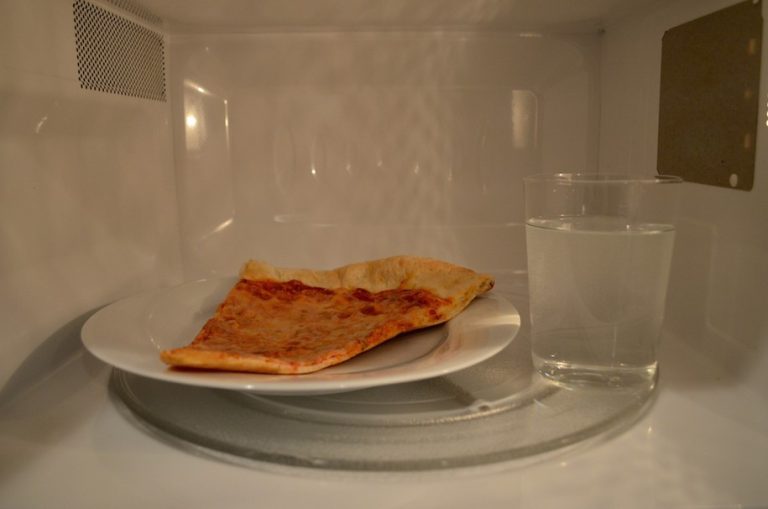

4 Comments